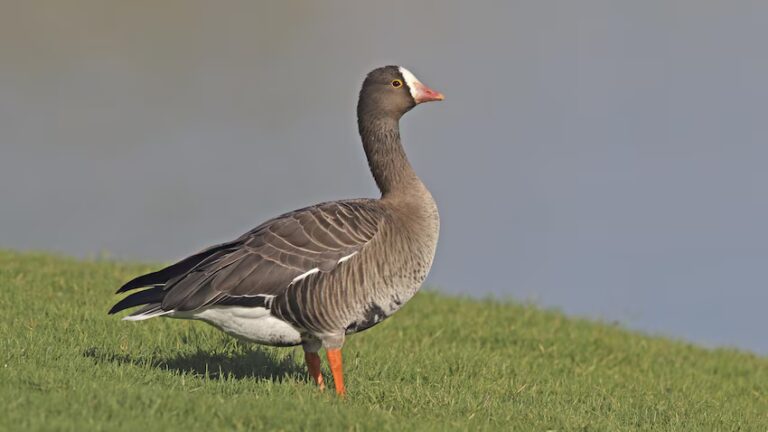Sweden has spent millions to protect the endangered lesser white-fronted goose (fjällgås), but if the bird crosses into Norway, it risks being shot. The disagreement reflects a long-running conflict between the two countries over how to manage one of the Nordic region’s rarest bird species.
Sweden’s costly conservation project
The Swedish lesser white-fronted goose population has dwindled to around 150 individuals, making it one of the country’s most endangered breeding birds. Since the late 1970s, Sweden has invested millions of kronor in conservation, including importing birds from Russia, running captive breeding programmes, and releasing geese into the wild.
The project, coordinated by the Swedish Environmental Protection Agency (Naturvårdsverket), involves the Swedish Hunters’ Association (Svenska Jägareförbundet), the Nordens Ark foundation, and Norrbotten Ornithological Society.
Norway’s genetic and migration concerns
In Norway, authorities manage their own small and endangered population of lesser white-fronted geese, which they consider the last original remnant of the Fennoscandian stock that once inhabited northern Norway, Sweden, and Finland. Norwegian experts argue that Swedish birds carry genes from other goose species due to the breeding methods used in Sweden, and that they follow different migration routes, wintering in the Netherlands instead of Greece.
The Norwegian Environment Agency (Miljødirektoratet) fears that crossbreeding could alter the migration habits of the native population and threaten its genetic integrity. “We consider this Swedish lesser white-fronted goose to be a major threat to the traits of the Fennoscandian population,” senior adviser Jo Anders Auran stated.
Border incidents and culling decisions
When a Swedish goose crossed into Norway in May 2025, it triggered an immediate response from Norwegian authorities, who ordered the bird to be shot before the breeding season to prevent potential interbreeding. Similar decisions were made in 2012 and 2015, resulting in the culling of three Swedish geese.
Norwegian bird conservation group BirdLife Norge supports the government’s position, while Swedish conservationists dispute the scientific basis for the migration route concerns.
“They have been called ‘plastic birds’ simply because they winter in the Netherlands instead of Greece. But there is no scientific evidence that changed migration routes are a problem,” said Sarah Nordlinder from the Swedish Hunters’ Association.
A decades-long dispute without resolution
The cross-border conflict over the lesser white-fronted goose has persisted for decades, with no compromise in sight. While Sweden views its programme as essential to preventing extinction, Norway insists on protecting the genetic purity and behaviour of its own population.
Given the birds’ migratory nature, the issue is likely to remain a point of contention between the two countries, testing cooperation on biodiversity conservation in the Nordic region.






